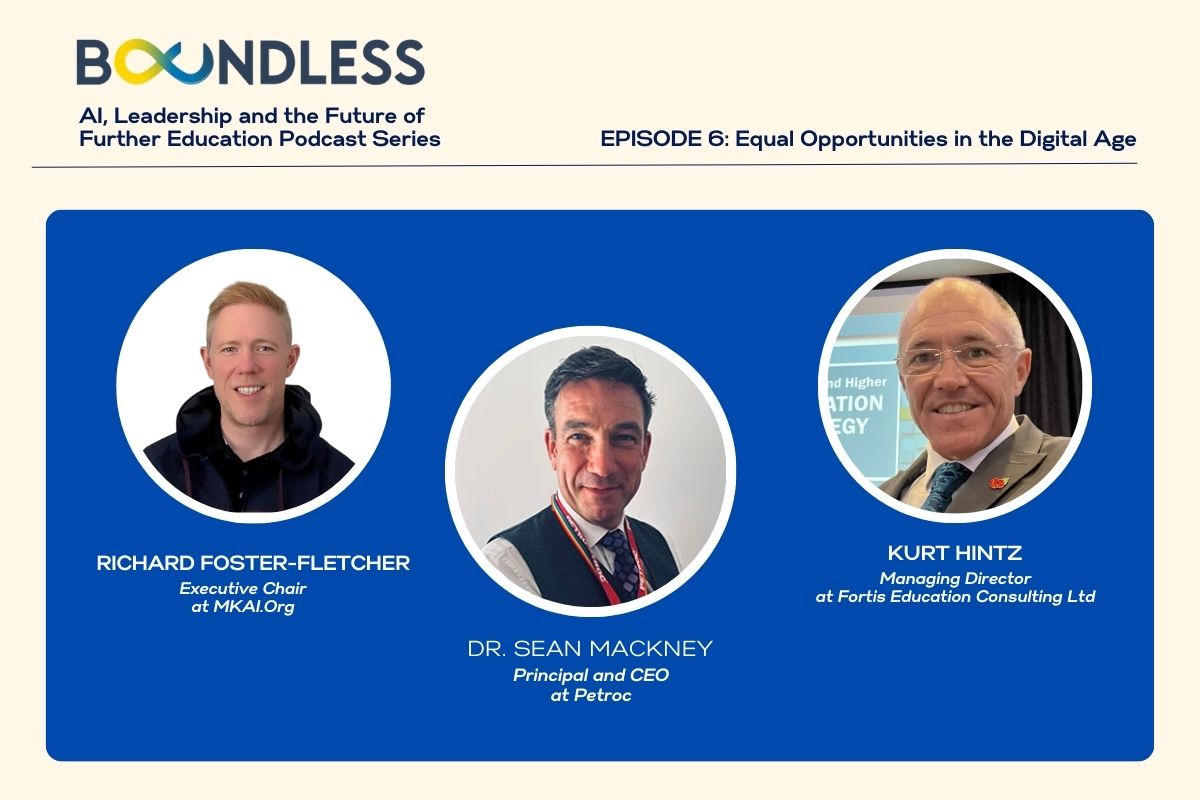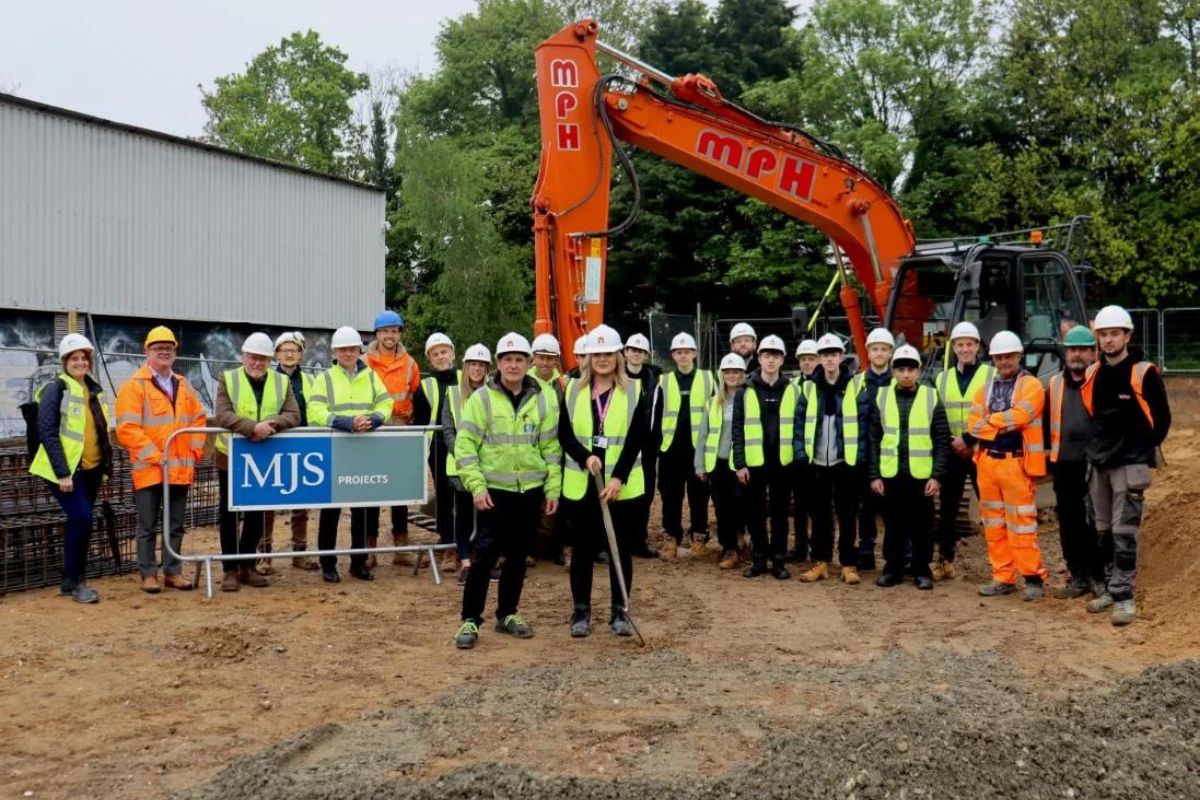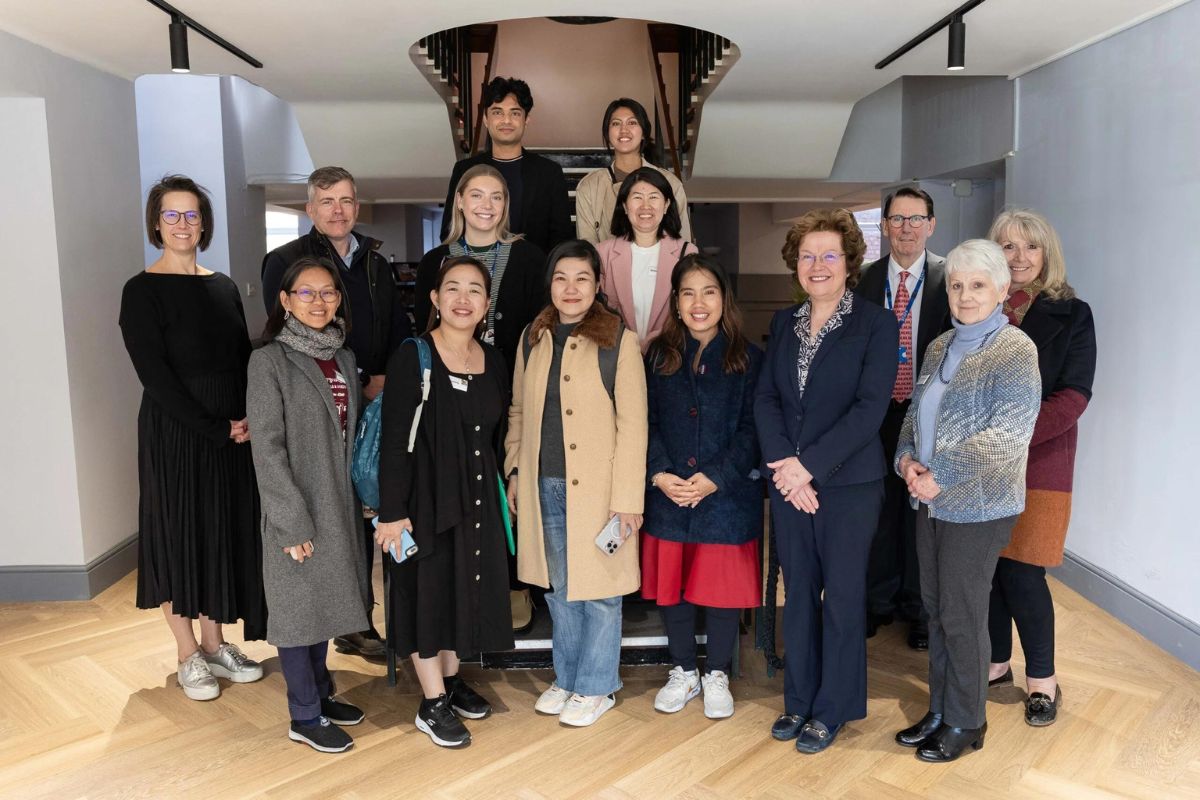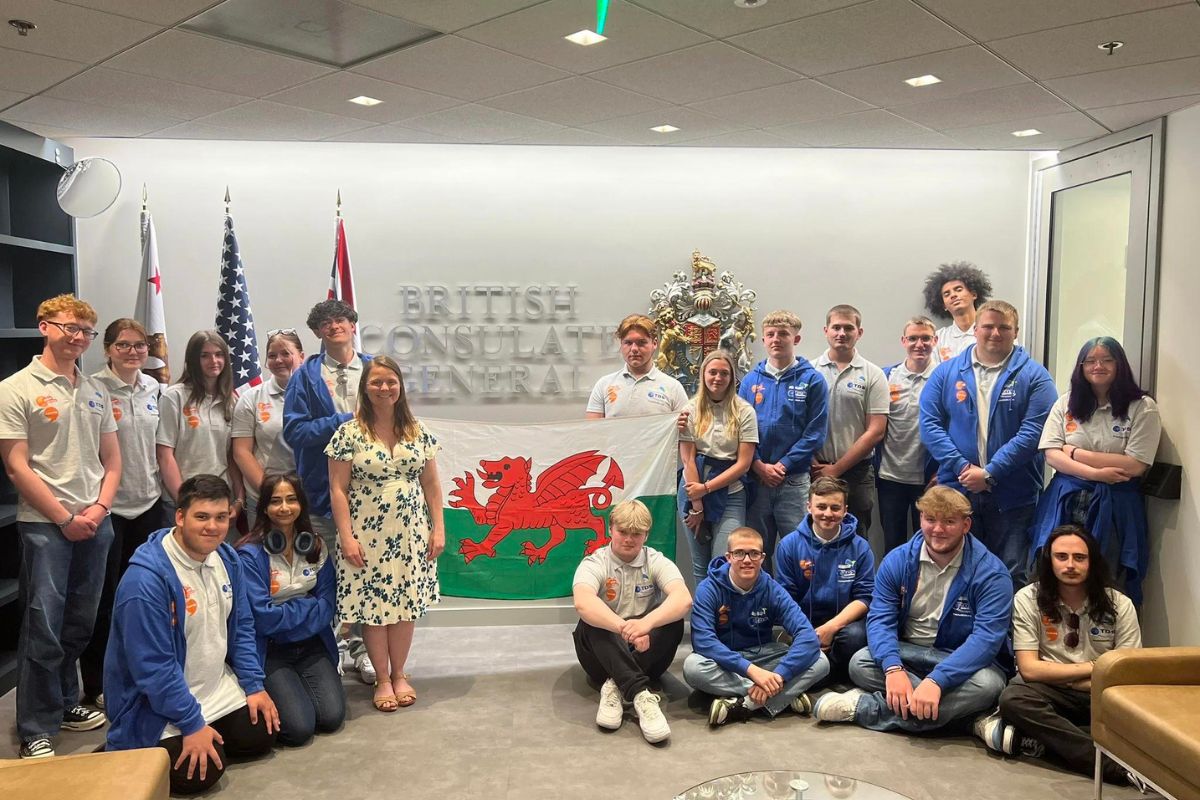NCG’S HEAD OF LEARNING TECHNOLOGY PREDICTS WHAT THE FUTURE OF DIGITAL LEARNING COULD LOOK LIKE

The use of digital technology has become an essential part of daily life. Most things we interact with have an expected and unexpected technological ability, but what does this mean for the future of the education sector?
Rob Wraith, Head of Learning Technology and Digital Learning at leading college group NCG, explores two key predictions and how we can expect digital learning to develop in the short and longer-term across Further Education colleges.
The Evolution of Digital Learning
Using projectors to display PowerPoints on whiteboards, to using Teams to deliver teaching and assessment remotely. Like many industries, the education sector has embraced the integration of technology into its approach to learning, with the pandemic fast-forwarding this significantly. How we learn today is vastly different to how we used to learn as little as five years ago and not just because of EdTech, it has also been due to requirements, expectations and what is now classed as good teaching practices. I believe in the main that EdTech has changed education for the better, providing more accessible, interactive learning resources and experiences which can lead to better outcomes for our students.
Digital learning is more than what it once was. It can be anything from sharing and discussing resources in Microsoft Teams to interacting with an audio and video resource on a smartphone. Interactive and accessible learning has been supported by technological advancements over the last few years and these developments have become more integrated into learning strategies, in a similar way to the way we use technology in our everyday life which has now become part of the ‘norm’.
There now seems to be an expectation from students for EdTech to be a key part of the learning experience and resources should be available at the touch of a button on any device at any time. However, one challenge that providers face is achieving the balance between face-to-face teaching and the use of digital resources. With there still being a significant need for face-to-face delivery as the primary method of learning, opportunities to integrate digital learning need to be identified to enhance the learning experience. This enhancement will provide invaluable benefit to both students and staff to improve learning whilst saving valuable time. What is vitally important though is that these digital learning resources are of high quality and fit for purpose. This is to ensure that the teaching, learning and assessment is enhanced and not impaired.
Making learning content more accessible
It is also crucial to highlight the importance and need for in person face-to-face teaching – teaching that is bespoke to that class, at that moment in time and under those circumstances. However, with added technology, students have the means to go back and relive that moment in time and what has been covered in specific lessons, what they might be unsure of and what they need to know more about, in other words ‘on-demand learning’.
Students, especially younger learners who come to us at 16, live in a world where everything is and has been available to them on demand, and some expect this level of technology within all areas of their life. Therefore, education is no exception and is required to keep up if we are to educate the next generation of employees in the most efficient and effective way. If digital resources such as interactive learning packages and recordings of lectures are not at our students’ fingertips, where they are in control of accessing it, why aren’t they?
This on demand option could be as simple as having lessons recorded and uploaded to a shared area, where students can review at anytime, or bitesize videos covering key topics being studied. Students could access these as and when they need to, as many times as they wish, and on any device. Whether it is to cross-check their notes, support revision, skill up on an area or catch up on a missed lesson.
This type of access will also benefit students who may not be comfortable asking questions within class or do not yet have the confidence to speak up at the end of a lesson. These students would be able to access the available digital resources that support delivery of the lesson and potentially answer the question themselves. Therefore, taking ownership of their own learning and maybe feeling a sense of achievement rather than failure. In addition, resources such as these provide our students with the option to learn in the way that is best suited to their own needs.
I began my own career in education as a teacher in 2008 and can see where these resources and level of learning technology would have supported me, whilst also supporting and enhancing the learning experience of my own students. Resources such as this will provide additional opportunities for students who are keen to learn additional skills and accelerate their own learning, so that they can improve their options to gain and progress in employment.
We know that reading is an essential part of learning, however they do say that a picture paints a thousand words and in support of reading a document, students could benefit from a visual resource they can interact with to support their understanding. If we have the ability to include this type of learning technology to support our students, why wouldn’t we?
In our lives we are presented with manuals to support the items we have purchased, however in the majority of cases if we are not sure of something we tend to pick up our smartphone or access our PCs and look for a video that explains what we need to do. There is an opportunity here for providers to be harnessing their own content along with the resources they have purchased and make this available in the same way.
What’s to come in the future?
We are currently in the early stages of testing Virtual Reality and Augmented Reality headsets which is very exciting. We are striving to create the workforce of the future and are working closely with industry partners to keep informed and up to speed with their expectations and requirements. This enables us to develop our curriculum delivery in line with industry using the correct technology, ensuring our students will be prepared for the world of work, not just with their qualification but with experience of the resources and tools they need to use. Using MR and AR headsets will bring an extra dimension to the classroom, where learners can gain knowledge from exposure to immersive experiences that are interactive. This exposure is designed to support the development of physical and cognitive skills within specific situations that employers would require from employees of the future.
Virtual Reality headsets are now being used more frequently within industry to deliver key parts of the job. In areas such as medicine, Virtual Reality has been used in patient rehabilitation and within construction it has been used to visualise designs and models of buildings and what they will look like on site before a brick has been laid.
These advances in technology present a need for educators to have the digital skills and access to further training to lead the way. An increased focus on digital skills needs to be part of teacher training so they can embrace, understand and develop digital tools that are fit for purpose. This training and continued development needs to be a focus of current teachers and education providers, setting our staff up to succeed with regular training and support that fits around their day-to-day commitments.
This is an extremely exciting time to be involved in education and there is more to be done to fully understand the digital learning expectations of learners and the digital resources that are available. This is an evolving journey that we are embracing here at NCG as we aim to be ahead of the curve and lead the way in EdTech.
For more information on NCG visit www.ncgrp.co.uk.











Responses